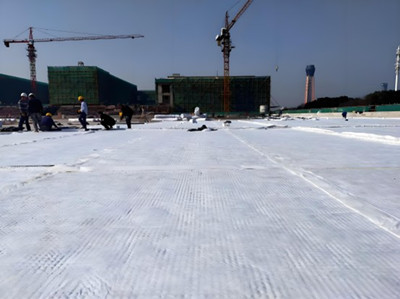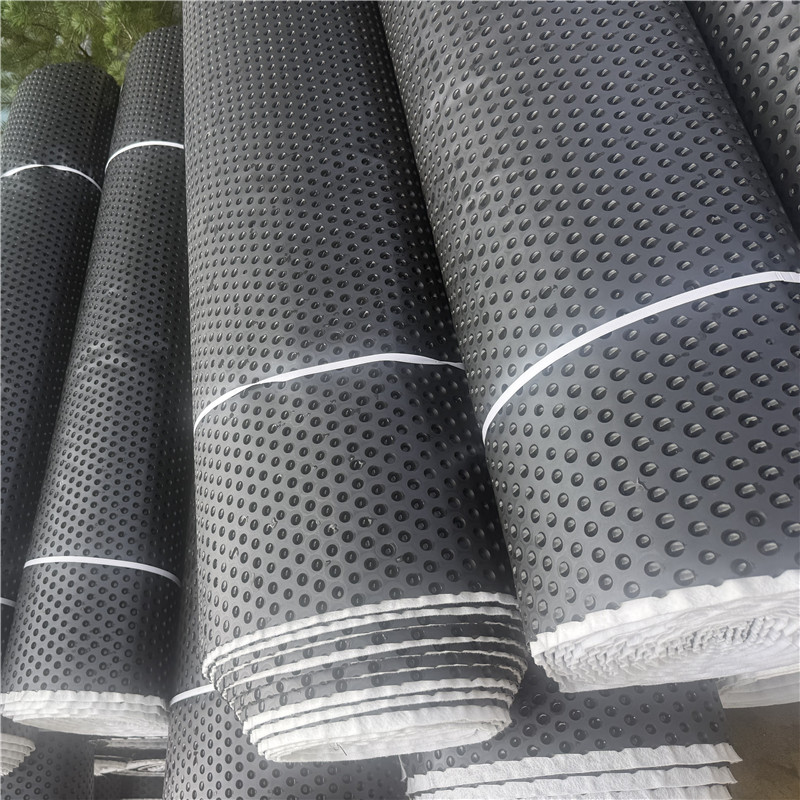How To Choose The Best Composite Drainage Boards
Choosing the right composite drainage board is crucial for ensuring effective drainage management in various construction and landscape projects. A composite drainage board is a multifunctional geosynthetic material that combines a drainage core with a geotextile layer, playing a vital role in preventing water accumulation, protecting structures, and promoting healthy plant growth. The following guide will help you make an informed choice.


◆Clearly define the specific application scenario. Different projects have different requirements for composite drainage boards. For roof gardens, lightweight and root-penetration-resistant properties are crucial. The composite drainage board used here should be thin and durable, with a protrusion height of 5 - 10 millimeters to balance drainage capacity and load-bearing capacity. In contrast, underground garage roof slabs require composite drainage boards with higher compressive strength to withstand heavy backfill and vehicle loads, so a protrusion height of 15 - 25 millimeters is more appropriate.
◆Material selection is another key factor. High-density polyethylene (HDPE) drainage boards are widely favored for their excellent durability, chemical resistance, and UV resistance. These drainage boards are made of high-density polyethylene and can withstand harsh environmental conditions, with a service life of up to 50 years. This makes HDPE drainage boards an ideal choice for outdoor projects exposed to sunlight and moisture. Although plastic drainage boards are more economical, they may lack sufficient robustness for long-term high-pressure applications.
◆Next, evaluate structural parameters. Consider drainage efficiency, load distribution, and the spacing of the protrusions. Additionally, the weight of the geotextile layer, typically made of non-woven fabric, should be based on project requirements. For high-traffic or heavy-load areas, a heavier geotextile should be used to prevent soil particles from seeping in and clogging.
When choosing composite drainage boards, select reputable composite drainage boards manufacturers and verify their compressive strength, water flow rate and UV resistance. For instance, reliable composite drainage boards should have a water flow rate of at least 0.5 cubic meters per hour per meter to effectively cope with heavy rainfall.
Finally, consider installation and maintenance. The composite drainage board should be easy to lay, with a secure overlap (≥10 centimeters) to prevent water leakage. For sloping surfaces, ensure that the drainage board can adapt to the slope without cracking. Choosing a trusted composite drainage board manufacturer not only guarantees quality but also provides installation technical guidance to ensure the system operates normally over the long term.




